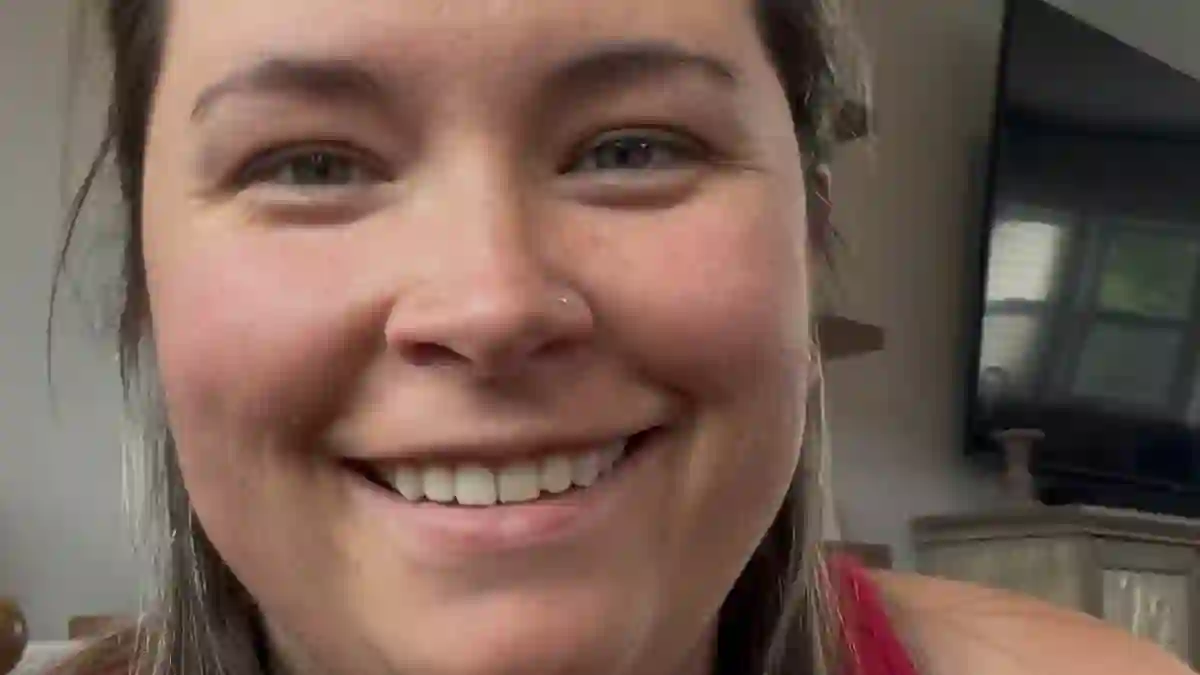For Jenn Allan, life took an unexpected turn after what should have been a joyous occasion—the birth of her daughter.
The 35-year-old realtor from Delaware ended up with a mountain of medical bills following a traumatic delivery that left her baby in the NICU.
On top of that, she had to take unpaid time off work, and before she knew it, she was staring down a $23,000 debt she didn’t know how to tackle.
Feeling overwhelmed and uncertain about her next steps, Jenn decided to lean on something she already used every day for work—ChatGPT.
Turning to AI for a Financial Lifeline
Jenn already used ChatGPT regularly to help with marketing and administrative tasks in her real estate business.
So when she decided to get serious about her finances, she thought, why not include AI in that conversation too?
She typed a simple but honest prompt into ChatGPT:
“I am in credit card debt.
I don’t know how much credit card debt I’m in, but I need to do something about it and I don’t know where to start.”
That one sentence was all it took to kick off a transformational journey.
A Custom 30-Day Plan—Designed by AI
ChatGPT’s first move was to help Jenn create a Google Sheets tracker to tally up her total debt.
Then, it crafted a personalized 30-day debt-busting challenge.
Each day, Jenn got a new, actionable task—anything from cancelling unused subscriptions to listing items on Facebook Marketplace.
“Some of the ideas were a little wild,” Jenn admitted, “but they were fun and they worked. They kept me motivated.”
One surprising but effective suggestion? Digging around for unclaimed money on her state’s treasury website. It worked.
Small Hacks That Made a Big Difference
The AI also helped Jenn develop a meal plan to cut down on takeout expenses, suggested she call her credit card company to ask for a lower interest rate, and even pushed her to find side hustles.
Jenn ended up signing up for User Testing, where companies pay people to try out new products, and Rover, a service for pet-sitting and dog walking.
She even found about $50 in spare change lying around her home—just from checking couch cushions and forgotten drawers.
Another unusual suggestion? Selling her junk mail. That’s right.
She sent marketing flyers and brochures to a company that collects them for competitive research and got rewarded with gift cards.
From Plasma to Photography: Earning Money in Creative Ways
Jenn didn’t stop there. She sold old photos to Shutterstock and even donated plasma, which earned her between $30 and $70 per visit.
The AI also nudged her to switch to a cheaper cell phone provider, check for unused gift cards, sign up for cashback apps, and redeem any lingering loyalty points she had forgotten about.
It wasn’t just about the money—it was the motivation and structure that made the biggest difference.
The Power of Positivity and Support
Jenn says what really made ChatGPT valuable was the way it encouraged her.
“It was like having a super supportive best friend,” she said.
“It didn’t do the work for me, but it gave me hope and ideas I wouldn’t have thought of on my own.”
She went from feeling helpless to being in control. “I went from, ‘What am I going to do?’ to, ‘I can do this—and I can do it fast,’” she shared.
A TikTok Journey That Went Viral
Jenn started sharing her debt payoff journey on TikTok, more as a way to stay accountable than to go viral. But her story quickly resonated.
Her videos have now been viewed hundreds of thousands of times, sparking a wave of people taking their own steps toward financial freedom.
“I didn’t expect the attention,” she said. “But the comments were full of people saying, ‘Hey, I’m in the same boat.
You’ve inspired me to make an extra debt payment this month.’”
Halfway There—and Still Going Strong
Thanks to her ChatGPT-fueled hustle, Jenn has already paid off around $12,000 of her $23,000 debt.
While she still has a way to go, she’s more confident and hopeful than ever.
And now, she hopes her story will inspire others to take control of their finances, even if they don’t know where to begin.



